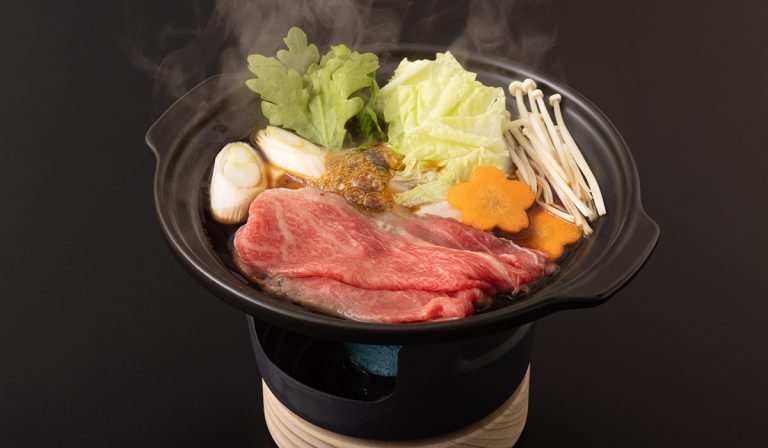
- Published: July 9, 2025 3:59 PM (JST)
- Last Updated: July 9, 2025 5:22 PM (JST)
A Gentle Look at Donabe Hot Pots for Sukiyaki: Bringing Japan’s Cozy Dining Home
JapanGoodsHub is your trusted gateway to authentic Japanese products, including kitchenware, otaku collectibles, and traditional crafts.
We carefully select and recommend products with your convenience and interests in mind.
Product Guide Categories
Keyword Search
Introduction
Imagine a cool evening, a gentle steam rising from the center of your table. Friends gathered, laughter mingling with the savory aroma of simmering broth. This is the quiet magic of enjoying sukiyaki in a donabe hot pot — a tradition that feels intimate yet expansive, inviting the world to your little dining corner. It’s no wonder these humble earthen pots have captured hearts far beyond Japan.
What People Are Saying
Many have fallen in love with how easy it is to recreate Japanese-style gatherings right at home. “It’s the donabe’s best use, if you ask me,” shared someone who loves hot pot nights. Others cherish the flexibility, like cooking at the table with a small gas heater or even using a regular pot when the mood calls for it. One person smiled, recalling their wish to recreate a tasty hot pot they once had in Vancouver.
Of course, a few gently noted that sukiyaki is traditionally prepared differently than other nabe dishes, pointing out the sweet soy broth or beef fat’s distinct flavor. Someone even mused about how a dipping sauce might reveal the roots of a dish, whether Japanese, Korean, or beyond. It’s these little musings that keep the conversation around donabe lively and warm.
Common Questions Answered
Is there a difference between donabe and other pots?
Yes — donabe are classic Japanese earthenware pots that retain heat beautifully, perfect for sukiyaki. Some wonder if they can just use a metal pot. You can, of course, but many feel the earthy charm and heat retention of donabe bring something special to the table.
What about cleaning?
Some worry about cracks or lingering odors. With gentle hand washing and thorough drying, your donabe can last years, gathering a patina of family meals.
Enamel-lined or plain?
For purists, the unglazed interior develops seasoning over time. But enamel interiors make cleanup easier and avoid flavor transfer, especially if you plan to cook many different dishes.
Where to Buy & Typical Prices
Amazon.com
Many start their search on Amazon for quick delivery and plentiful reviews. You’ll find options from simple budget pieces to artisan donabe shipped directly from Japan.
eBay
Looking for something vintage or a style that’s harder to find? eBay often surprises with beautiful used or rare donabe that carry stories of tables before yours.
How to Choose the Right One for You
Consider how many people you usually serve. A small donabe is charming for one or two, while a larger pot welcomes gatherings. Decide if you prefer an enamel interior for easy care, or the traditional clay that slowly seasons with each meal. Also, think about weight — some hand-crafted pieces are delightfully hefty, which helps them hold heat but can be tricky to handle.
Above all, let your eyes fall in love. Many donabe feature delicate glazes or rustic textures that turn them into quiet centerpieces even when not in use.
Conclusion
It brings me such joy to imagine readers around the world lifting a lid to a bubbling sukiyaki, laughter echoing just like it does here in Kyoto. If you’ve ever wanted to taste the comforting depth of Japanese hot pot at home, a donabe might be the sweetest way to begin.
Further Reading
written by
Naomi writes with a soft, inviting touch that resonates with readers worldwide. Based in Kyoto, she explores Japanese sweets, seasonal teas, and beautiful homeware. Her gentle perspective helps international readers feel right at home discovering Japan’s delicate side.
More Articles in This Category
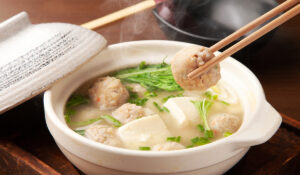
Best Places to Buy a Small Personal Donabe from Japan
- Japanese Kitchen & Tableware
- Donabe & earthenware pots
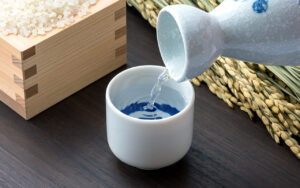
Personalized Engraved Sake Set: How to Buy Directly from Japan
- Japanese Snacks & Drinks
- Sake sets
- Sake & umeshu
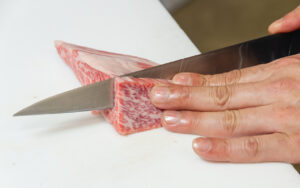
Best Japanese Knife for Meat: A Complete Guide From a Tokyo Crafts Lover
- Japanese Kitchen & Tableware
- Japanese knives
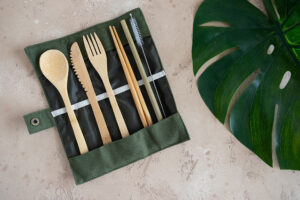
Reusable Travel Chopsticks Kits from Japan: A Gentle Guide
- Japanese Kitchen & Tableware
- Chopsticks & rests
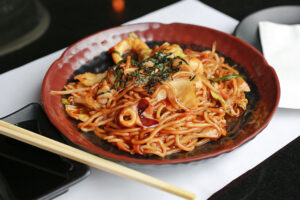
Ceramic Teppanyaki Plates from Japan: A Friendly Guide to Buying & Using
- Japanese Kitchen & Tableware
- Griddles & Specialty Pans

Best Tea Sets with Bamboo Trays from Japan: A Buyer’s Guide
- Japanese Kitchen & Tableware
- Tea sets
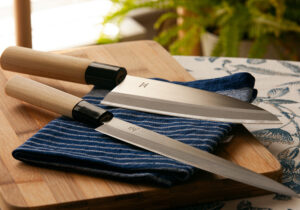
Best Gyuto Knife for Sushi: Where to Buy and What to Know Before You Cut
- Japanese Kitchen & Tableware
- Japanese knives

Luxury Sake Set Gift Box from Japan: Where to Buy & What to Know
- Japanese Kitchen & Tableware
- Sake sets
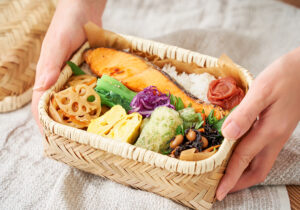
Eco Bamboo Bento with Strap: Why Everyone’s Buying These from Japan
- Japanese Kitchen & Tableware
- Bento boxes

Best Santoku Knives for Vegetables: A Japanese Buyer’s Guide
- Japanese Kitchen & Tableware
- Japanese knives